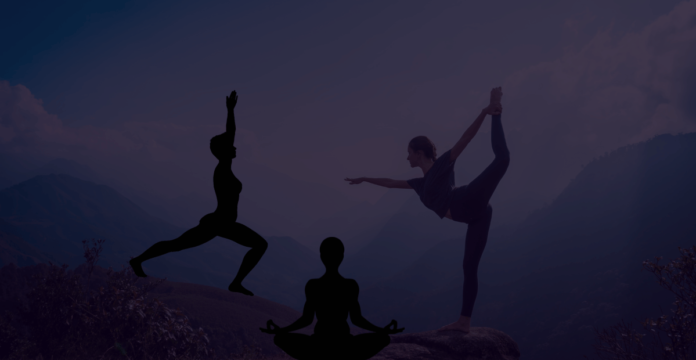We try to understand what jnana yoga is, and as we try to comprehend the deep dimensions of our spirituality, we frequently encounter various ways to gain an increased connection to the universe and ourselves. One of these paths involves a philosophy that is deeply rooted in old Indian practices. In this detailed guide, we’ll dive into the complexities of what is Jnana Yoga and its principles and practices, as well as its relevance to our contemporary lives.
The Definition of Jnana Yoga
It often referred to as the “Yoga of Knowledge” or the ‘Path of Wisdom, is among the four major paths of yoga, with the others including Bhakti, Karma, and Raja Yoga. It is a method of practice that is primarily focused on the search for knowledge and wisdom as a way to reach spiritual awakening. Jnana Yoga advocates self-inquiry and reflection, which encourages people to discover the truth of reality as well as the nature of their own existence.
Understanding the Foundations
1. The Philosophy of Jnana Yoga
At the core of Jnana Yoga lies the belief that self-realization and ultimate truth are possible through understanding and discernment. It stresses the importance of distinguishing between what is eternal and what is temporal and acknowledging the unified nature of the self and the universal consciousness, commonly known as Brahman.
2. The Role of the Guru
When practicing Jnana Yoga, a guru (also known as a spiritual teacher) plays an important role. The guru leads the individual on a path to self-discovery by imparting wisdom and understanding. This relationship between a guru and the pupil is considered sacred, as it’s through that relationship that the seeker is able to gain insights into their own nature.
Practices of Jnana Yoga
1. Self-Reflection
Self-inquiry is an essential practice within It is the process of asking deep questions like, “Who am I?” And “What is the essence of reality?” These questions lead people to an increased understanding of themselves as well as the world that surrounds them.
2. Study of Sacred Texts
The study of ancient texts, including the Upanishads and the Bhagavad Gita, is essential to Jnana Yoga. These texts offer valuable insights into the nature and existence of consciousness, the nature of consciousness, and the path to self-realization.
3. Meditation and Contemplation
The practice of meditation and reflection are vital instruments in Jnana Yoga. They assist people in calming their minds, moving beyond the surface of thinking, and reaching higher levels of consciousness, where true wisdom is found.
The Journey of Self-Realization
Jnana Yoga is not an option for the weak-hearted. It requires commitment as well as a rigorous mind and a burning desire to achieve self-realization. The path usually includes:
- Sacrificing the ego is the process of recognizing and eliminating the ego that clouds our perception of reality.
- To find the Truth The constant search to discover truth and wisdom, even if it contradicts beliefs that are based on preconceived notions
- Living a life of virtue Adopting moral and ethical principles to cleanse the heart and mind
- Transcending Dualities: Getting beyond the limits of duality such as good, bad, and pleasure, as well as attaining an unrestricted state of consciousness
The Relevance of Jnana Yoga Today
In today’s fast-paced, technological world, the principles are extremely relevant. They provide a pathway towards peace within a clear mind and a deeper understanding of oneself. In this world that is often dominated by materialism, Jnana Yoga it reminds us of the importance of self-realization and inner wealth.
Conclusion
In the process of discovering oneself, Jnana Yoga shines as an illuminating source of wisdom and understanding. Its guiding principles, practices, and philosophies help people gain an understanding of themselves as well as the world around them. When we begin this spiritual journey, do not forget that the search for self-knowledge is a noble and timeless task.
Follow us on our social media channels.






[…] What is Jnana Yoga? […]
We have already done written an article on it. What is Jnana Yoga?